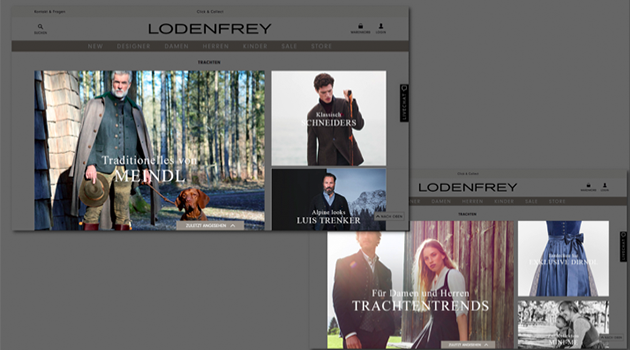Personalization is currently the talk of the town – no wonder, after all, it is a must for shop operators. And when talking about personalization, the terms segmentation or even dynamic segmentation often come into play. Generally speaking, segmentation is the process of dividing a larger whole into parts. But this definition does not really help, does it? Therefore, we will now explain what (dynamic) segments in e-commerce and online marketing are all about.
When speaking of segmentation in online marketing, it basically refers to the division of (potential) customers into specific groups (so-called segments) on the basis of certain characteristics such as gender or buying behavior. This helps shop operators to address their users individually and personally according to their needs and to improve the experience on the website.
When it comes to segmentation, there is an essential difference between static and dynamic segments – because they allow for different measures.
Static segmentation
In static segmentation, users are assigned to a specific group (segment) based on their previous behavior. Depending on the system, the shop operator can decide on the duration of how long a user falls into a segment.
Users can be assigned to these segments on the basis of various characteristics. These include, for example:
- Geographical characteristics: country, city, postal code, …
- Demographic characteristics: age, gender, educational level, …
- Psychographic characteristics: lifestyle, media use, personality, …
- Device Group: desktop, mobile, tablet, …
- Personas: bargain hunters, quality-conscious buyers, …
- Purchasing behavior: new/existing customer, non-buyer, purchase value, shopping cart abandoner, …
- (Marketing) channel: direct access, email, SEA, display, …
- and many more
It makes sense to use static segments if you want to assign users to a segment permanently. This includes, for example, newsletter subscriptions. If a user registers for the newsletter of a shop, he should move to the static segment “newsletter subscriber”. This ensures that the user does not receive any new campaigns for newsletter subscriptions which would then confuse or even annoy him.
Dynamic segmentation
With dynamic segmentation, segmentation occurs in real-time. In other words, if the user behavior (buying behavior and interests) changes, the segment in which the user is located in also changes. He remains in that segment until his behavior changes again. This can vary from a few minutes (when there are only a few points of interest) to months. The touchpoints of interest can be defined as well as the frequency, duration and depth of interest, which are also important. If, for example, the focus of interest shifts (e.g. weight training) and the user deals almost equally intensively with another characteristic of interest (e.g. endurance sports), the old characteristic is overwritten with this new characteristic (endurance sports). The user is now in a new segment (endurance sports-affine users).
Dynamic segments are used, for example, to adapt the teaser areas on the homepage to the user’ s interests. These are adapted to the interests of the user based on the available segment information. We have implemented such an adjustment for our customer Lodenfrey:
The first time a user visits lodenfrey.de, he sees the default homepage on which both men’s and women’s fashions are advertised. If the user primarily browses through pages from the menswear category, he is dynamically assigned to the “menswear lovers” segment. Now, when the user returns to the homepage, he will find a thematically adapted page – according to his interest in menswear.
before:

after:

